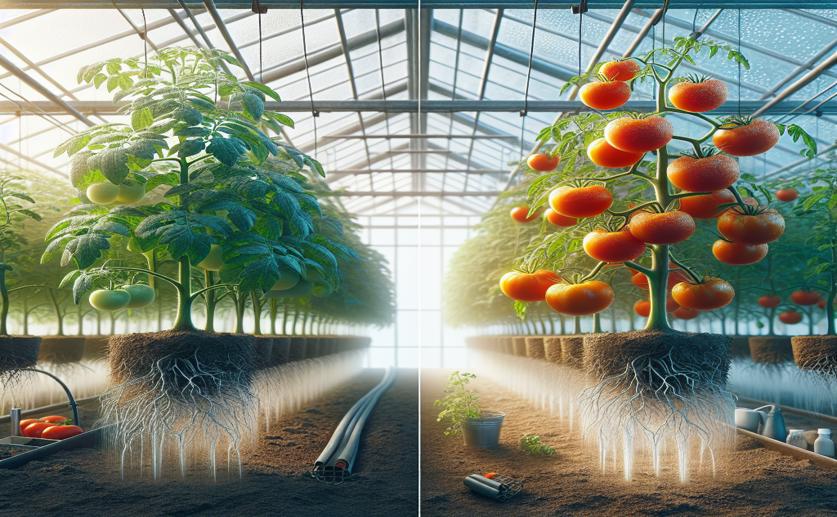
How Covering Soil Affects Tomato Growth in Greenhouses
Jim Crocker
24th February, 2024

Image Source: Natural Science News, 2024
VegetablesAgricultureEnvironment
References
Main Study
1) Effects of inorganic mulching on soil hydrothermal environment and tomato characters in the presence of unheated greenhouse cultivation.
Published 22nd February, 2024
https://doi.org/10.1038/s41598-024-54896-y
Related Studies
2) Degradation characteristics of biodegradable film and its effects on soil nutrients in tillage layer, growth and development of taro and yield formation.
3) Plastic film mulching stimulates brace root emergence and soil nutrient absorption of maize in an arid environment.



 21st February, 2024 | Jim Crocker
21st February, 2024 | Jim Crocker